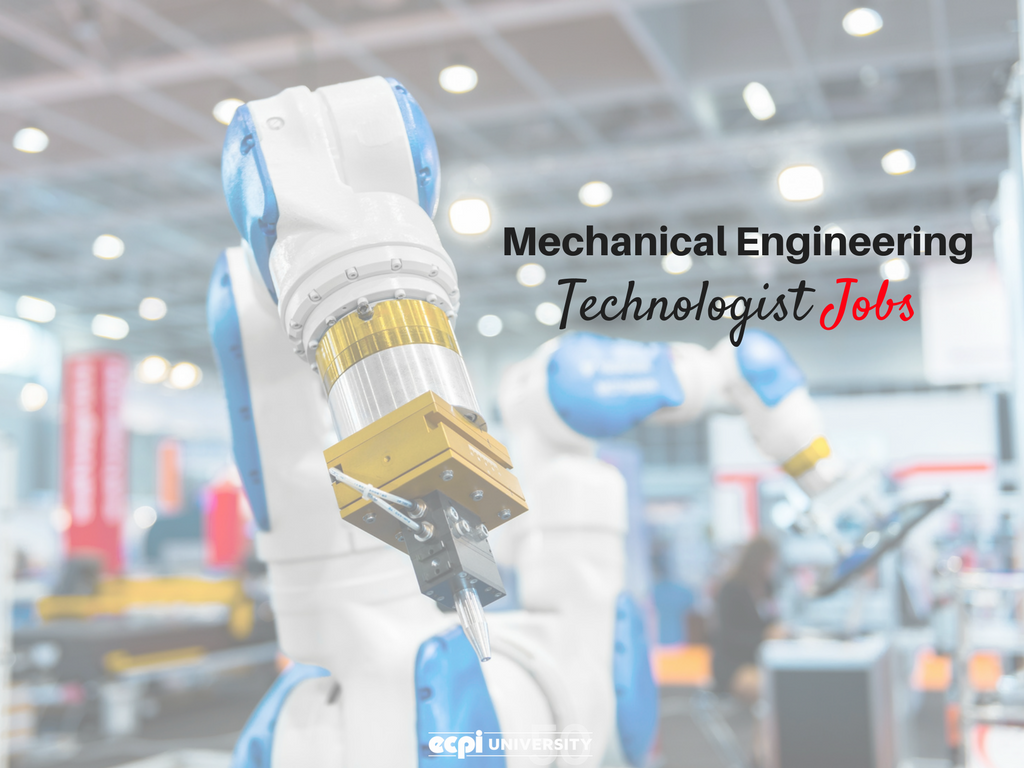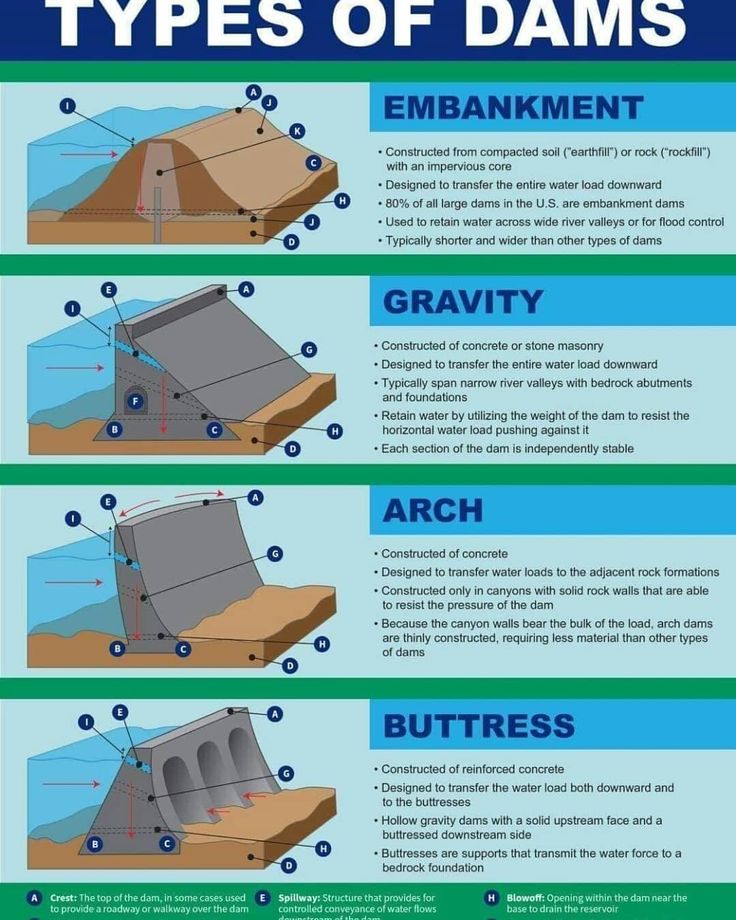
While there is no doubt that R&D engineering is an exciting field to pursue, there are many pitfalls and misconceptions to consider before pursuing a career in the field. It is important to understand the job duties and requirements of R&D before you can start your career. You should also be aware that there are many job descriptions for different research and development engineering positions. Here are the top benefits of a career in R&D engineering.
Research and development engineers have a bright future
There are many opportunities for researchers and developers engineers. There are many options for scientists and engineers. However, many prefer to remain in academic settings. R&D encompasses core technology, life sciences and telecommunications. Because of its high-demand status, there is a strong job outlook for engineers. They can expect to make a good living and have job security.
Innovation and technological progress are important to businesses today. Research and development engineers must keep up to date with industry trends to make innovative products that meet customer requirements. They may also be responsible for quality control and ensuring products meet industry standards. Fortunately, there is a broad range of opportunities for engineers who are passionate about product development. Many types of research-and-development positions exist, but they all offer excellent job satisfaction.
According to U.S. Bureau of Labor Statistics the future prospects for engineers are promising. According to the U.S. Bureau of Labor Statistics, the level of engineering job growth is expected at its highest in the next 10 years. Sustainable practices will require engineers to update product designs and improve productivity. Biomedical engineers, who can improve product designs and increase production, will be highly in demand. According to the BLS, there will be a 6% increase in employment for biomedical engineers by 2030. Research and development is a rewarding field that offers a variety of challenges.
Research and development engineers need to be educated
A majority of employers require at least a bachelor's degree. But, some employers prefer to hire graduates. For research and development engineers, the education requirements include coursework in math, science, chemistry, biology and computer science. R&D engineers also often complete on-thejob training and internships. Many of these students learn how lab equipment works. You can get professional certifications for your job as a graduate.

For a research and/or development engineer, the education requirements are the same for all engineers. While most employers require a PhD in engineering, candidates who have it will often be preferred over those without. Candidates must be proficient in computers and have a solid background. They should also have relevant work experience. In addition to a graduate degree, R&D engineers must also possess basic computer skills, strong leadership skills, and relevant work experience.
R&D engineers often receive comprehensive benefits from their employers. These include health insurance and vision insurance. Paid sick days and vacation days are just a few of the many options. They may also receive bonuses for successful product launches or meeting sales benchmarks. They may also be eligible to receive continuing education reimbursements or participate in wellness programs. What education is required to become an R&D engineer in order to be eligible for continuing education reimbursements? The following list outlines the requirements for employment as an R&D engineer.
The job duties of a researcher and developer engineer
For product development, research and development engineers are responsible to create detailed plans. These engineers evaluate an existing product and determine what improvements can be made. Many engineers work in teams with other engineers to create new products and sell plans. Although an R&D engineer earns $95,540 an year on average, salaries will vary depending on their experience, where they live, and what employer they work for. Here are some of the responsibilities and duties that research engineers have to fulfill.

A research and design engineer is responsible for conducting research in their chosen field. They use engineering principles to analyze the processes. They then summarize the findings and report them to internal and external bodies. They also oversee the completion of projects and ensure that they stay on time and within budget. They develop technical documentation for all of their projects. They usually report to the upper management and are responsible for moderately complex aspects. These engineers usually have four to seven year experience.
R&D engineers are responsible for overseeing the work and activities of other engineers on a given project. They manage all project team members and create detailed project plans. They also conduct market research in order to understand current market needs. They develop specifications for new products and perform research on existing products. They work closely with marketing teams to create sales plans for future products. A research and development engineer works in collaboration with various teams, including product design engineers, marketing engineers, and other managers.
FAQ
Engineering is a great career choice?
Engineering is an exciting career where you can learn new things and keep improving your skills. It is possible to make a significant impact on people's lives. There are many ways you can do this.
You might design products like cars, planes or trains, and computers, or mobile phones. These products could be designed or built by you. You might also be interested in creating medical equipment and machinery. The possibilities are endless!
Engineers enjoy working with others, solving problems and finding solutions. They are always on the lookout for new challenges and learning opportunities.
Engineering is a good career choice. However, it takes hard work and dedication. You can't just sit around and watch TV all day. To achieve the desired results, you will need to work hard. The rewards are well worth the effort.
Which engineering discipline is the most difficult?
The most challenging engineering challenge is to design a system which is both robust enough to handle all failure modes and flexible enough that future changes can be made.
This is why there are so many iterations and testing. You must also understand how the system should react when everything goes wrong. Here you need to be sure you're not solving just one problem. You have to design a solution which solves multiple problems simultaneously.
What does a Chemical Engineer do, and what are their responsibilities?
Chemical engineers employ math, science engineering, technology, as well as business skills to develop chemical processes and products.
Chemical engineers are able to specialize in many areas, including pharmaceuticals and food processing.
They work closely alongside scientists and researchers to solve difficult technical challenges.
What is a Mechanical Engineer?
A mechanical engineer designs machines and tools for humans.
Mechanical engineers use mathematics, physics, and engineering principles to create practical solutions to real-world problems.
A mechanical engineer can be involved in product design, production, maintenance quality control, research, testing or sales.
Elon Musk is what kind of engineer?
He is an inventor who likes to think beyond the box.
He is also a risk-taker.
He isn't afraid to try new ideas and is open-minded to taking risks.
Elon Musk represents a great example for someone who thinks differently. He doesn’t follow the advice of others. Instead, he tests out his ideas before deciding if they worked. He then changes them until he gets something that works. This way, he gets better at solving problems and developing innovative ideas.
What qualifications are required to study engineering?
No. All you need is good grades in your GCSEs (or equivalent). Some universities require that applicants achieve certain academic achievements before they can be accepted. For example, Cambridge University requires applicants to obtain A*-C grades in Maths, English Language, and Science.
If you do not meet these requirements, you'll need to take additional courses in order to be prepared for university entrance tests.
You may need to take additional math/science subjects as well as a language class. You can learn more about these options by contacting your school guidance counselors.
Statistics
- Job growth outlook through 2030: 9% (snhu.edu)
- Typically required education: Bachelor's degree in aeronautical engineering Job growth outlook through 2030: 8% Aerospace engineers specialize in designing spacecraft, aircraft, satellites, and missiles. (snhu.edu)
External Links
How To
How to write letters in engineering drawing
Two types of engineering drawings are available: technical drawings (also known as engineering sketches) and architectural drawings. The first type describes the product's physical features, while the second one shows how the product should look. Each type contains detailed specifications, dimensions, symbols and text. Engineers write these documents in their own language. These terms refer to specific units, abbreviations and acronyms. These terms are known engineering lingo. This article explains exactly what they mean.
A letter is a formal written document that an individual or organization sends to another person or organisation. It usually contains a greeting, salutation, signature, date, and closing remarks. Most people also include a self-introduction at the beginning of the letter. Some letters might contain business details such as legal agreements. Others may include only signatures and greetings.
Engineers draw and design diagrams using their professional knowledge. Engineers must communicate clearly in order to convey their work. These terms are used to describe the product, process and materials.
Engineers often use special terms to explain things. They use the term "ampere" for electrical current. They also use the term "ampere" to refer to electrical current. These terms are known as scientific names. Other engineers call them common names because they are commonly used. Common names are easier and more comprehensible to remember.
Sometimes technical terms are abbreviated. An abbreviation denotes a longer phrase. For example, "kW", stands for kilowatt. The term "KW" is a kilowatt. The full name doesn't need to be memorized.
Engineers use many other acronyms and abbreviations in addition to technical terms. These are similar abbreviations to acronyms but can also be composed of multiple words. Some examples include "IEC", DIN, and "ANSI." These are vital because they speed up communication.
Engineers use their jargon in a way that is not consistent with standard spelling rules. They may spell out numbers with digits instead of using numerals. They may use different capitalizations. Capitalization refers to whether a word starts with a capital letter or lowercase. Words that start with a vowel sound are spelled differently from those that begin with consonants.